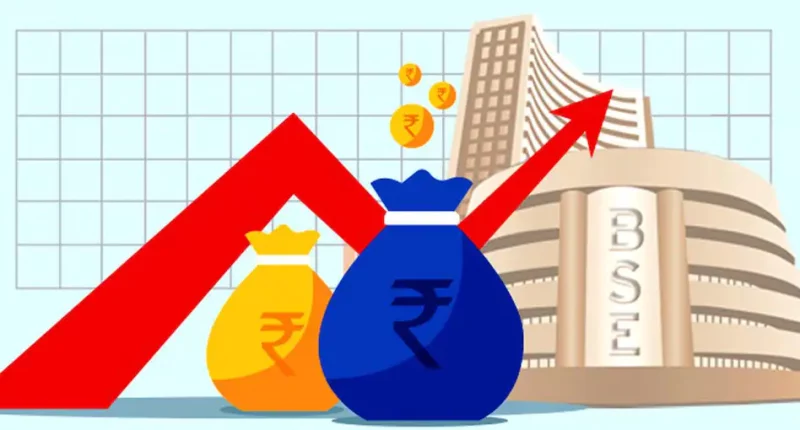The Reserve Bank of India’s Monetary Policy Committee (MPC) has hiked the repo rate by 50 basis points (bps). The repo rate now stands at 4.9%. The RBI had to raise the repo rate amidst soaring retail inflation due to the Russia-Ukraine crisis. Moreover, the Monetary Policy Committee has decided to keep the Gross Domestic Product (GDP) growth estimate for the Financial Year 2022-23 at 7.2%. Why has RBI raised the repo rate in the June 08 MPC review meeting?
MPC has a mandate to control inflation within a 2%-6% band
Retail inflation has climbed to an eight-year high of 7.79% for April 2022. It was 6.95% for March 2022, and higher inflation levels forced the RBI to raise the repo rate. The repo rate is the rate at which the RBI lends money to commercial banks in India.
If the RBI hikes the repo rate, it directly impacts banks’ deposit and lending rates. For example, banks will increase lending rates which pushes up your Equated Monthly Installments (EMIs). If you have availed of a loan, a repo rate hike can be bad news. You may find your EMIs going up in the coming months.
According to the RBI Governor, inflation may remain above the upper tolerance band for around three quarters of the current financial year. The inflation projection for this financial year is projected at 6.7%, with Q1 at 7.5%, Q2 at 7.4%, Q3 at 6.2%, and Q4 at 5.8%. Moreover, the CPI inflation forecast for the Financial Year 2023 has increased from 5.7% to 6.7%.
According to the latest CPI inflation data figures, retail inflation is above the upper limit of RBI’s 2%-6% tolerance band. Moreover, it is the 31st consecutive month where inflation has exceeded RBI’s medium-term target of 4%.
Why are banks raising their lending rates?
The interest rates on term loans like home, car, and personal loans are linked to the repo rate. If RBI hikes the repo rate, banks incur a higher cost while borrowing funds. Therefore, banks will raise interest rates on loans to cover these costs.
Post the RBI rate hike, top banks such as HDFC Bank, SBI, Axis Bank, Kotak Mahindra Bank, ICICI Bank, etc., have hiked their Marginal Cost of Funds Based Lending Rate (MCLR). It refers to the minimum lending rate below which banks and financial institutions cannot lend.
RBI introduced MCLR for better pricing of floating rate loans by banks to their end customers. MCLR creates a win-win situation for borrowers and lenders by increasing transparency in the lending process.
Earlier, when RBI cut the repo rate, banks would not transmit the benefit of lower rates to their customers. However, they quickly raised loan rates when the RBI hiked the repo rate. MCLR allows the interest rate revisions by the RBI to be transmitted promptly to borrowers.
After the RBI hiked the repo rate in the MPC review meeting, you can expect banks to increase their loan rates. Moreover, banks could also hike their term deposit rates which means investors in bank FDs could realise higher returns. You could expect the RBI to hike the repo rate in the coming monetary policy review meets.
For any clarifications/feedback on the topic, please contact the writer at cleyon.dsouza@clear.in

I write to make complicated financial topics, simple. Writing is my passion and I believe if you find the right words, it’s simple.




